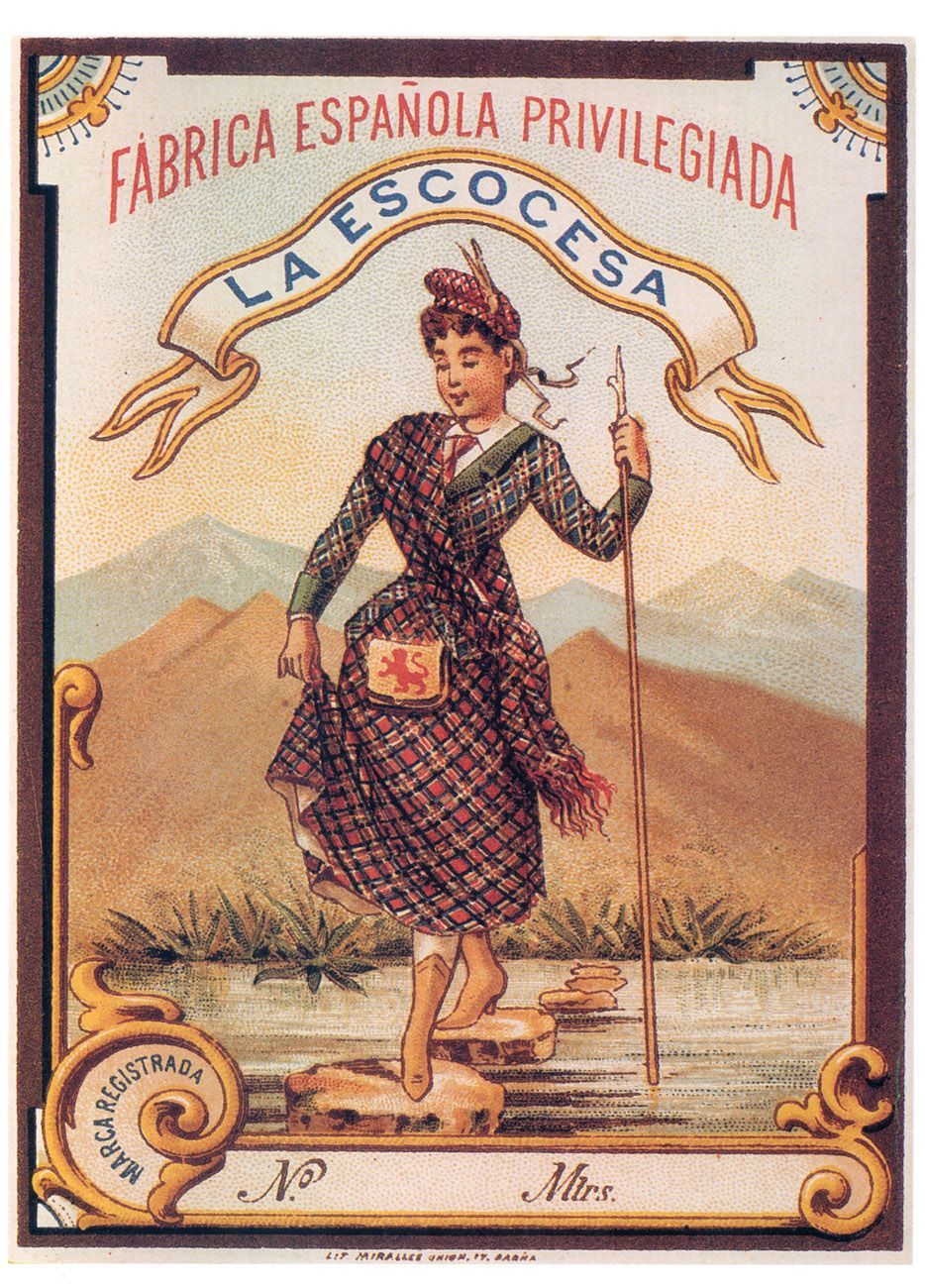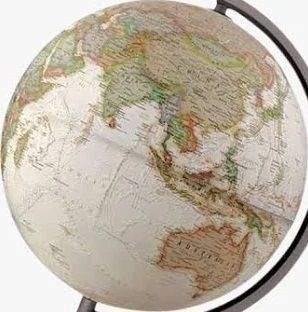Escoces
- the Quieter Pioneers

That the team, Escoces F.C., formed and rapidly dissolving in 1900 and based on Johnston, Shields La Escocesa factory in the city suburb of Sant Marti di Provencals, was integral, perhaps pivotal, to the permanent arrival of football in Barcelona is without doubt. And increasingly more is known and published about and to a few of its players and their backgrounds. A full list with current links is thus:
Young
Wallace
W. Barringer
J. Fallon
J. White
Wishart
C. McLachlan
J. Denniston
Jim Dykes
Alexander Black
Joseph Black
Gustavo Gre(e)n y Cordoba was half-German, half Spanish, Malaga-born and London-raised and working as a telegraph-operator, so outwith the mill, but he was the exception. All the others are said to have been members of the forty or so workers that had been brought from the Johnston, Shields works in village of Newmilns in Ayrshire, Scotland. In fact that is not quite true. La Escocesa was a joint-venture between the Shields family from Newmilns and Edward Steegman from the other great centre in Britain of lace-weaver, Nottingham. Some of the forty newly-arrived were not Scots but from England. Indeed Geordie Girvan, one of the most lauded of the Scots returned to Scotland married to a fellow-worker from the Midland city.
So, in turning attention from known-knowns, John Hamilton, Willie Gold, Peter Mauchan and Girvan himself it has to be born in mind that the others, the quieter pioneers, may have come to the Catalonian capital from South of the Border. But it does not stop the search for unknown knowns, starting with one seen as one of the club's main instigators, Jim Dykes.
In 1891 a James Dykes was living at 6, High St., Newmilns and already working as a Lace Shuttler. He had been born in the village in 1875 so was fifteen and thus twenty-four in 1900. And in 1901 he was back in Scotland, working as a Power Loom Weaver, not now in the village but in Rutherglen and with a good reason for his return. That same year he, a lace-weaver, had married in Galston, to Agnes Alexander, Galston-born but living in Darvel. And he would soon be back in Newmilns, but in the saddest of circumstances. In 1904, now working as a Bakery Vanman, living at Jeffery Place, Newmilns and not yet thirty he died, apparently of salmonella poisoning.
And using the same principles of enquiry and turning attention to Wishart and Wallace, Young, McLachlan and the Blacks there are perhaps still more hints of the further pioneers, most of whom appear to have enjoyed only shortish sojourns in the Mediterranean sun. In 1901 a twenty-two year-old Cotton Warper named James Wallace was living at 23, Main St., Newmilns. As to Youngs there is choice, five in Newmilns alone, Robert, a loom fitter, George, James, Henry and Gavin, all also with involvement with lace. Then there are the Wishart brothers, Peter and Finlay, from Darvel, the former a Lace Warehouseman, the latter initially an Apprentice Designer in 1891 and in 1901 a Clerk in a Lace Factory and a Colin (Mc)Lachlan from Galston. And finally there are the Black brothers. In Barcelona they are named as Alexander and Joseph and beyond that have proved untraceable. But here too there is perhaps a suggestion. Indications, photographic and other, are that the Blacks when in Catalonia were young and in Newmilns in 1891 were two youngsters, aged 9 and 7, both still at school, one Glasgow-born, one in Darvel but with a Lace Weaving father and every likelihood they would follow in his foot-steps. In fact the 1911 census shows precisely that, as does in part that of 1921 with the one of the siblings even working for Johnston, Shields . The elder is Alexander but, and here is the problem, the younger is John. However, here is a suggestion. John Black was known at home as Jock, Jock in Scots was in Barcelona heard as Jo', which became Joe and hence Joseph. It's tenuous, but not impossible.
